From medieval Taliban to a tech-savvy militia
On Facebook, Twitter and YouTube — the Taliban are now fighting the war in cyberspace and on airwaves.
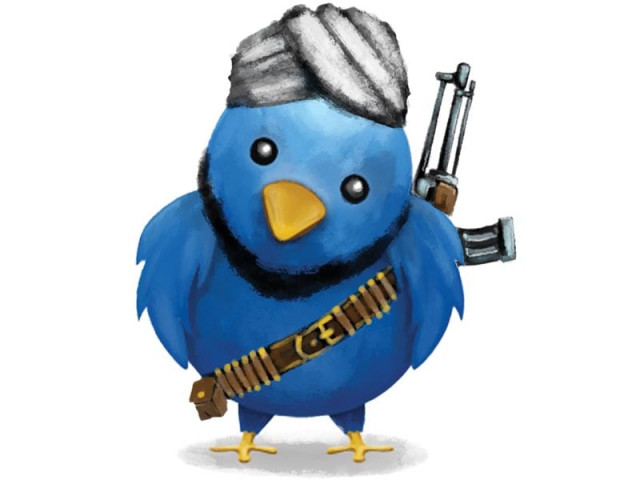
They hated modernity, secular education and modern scientific inventions – they banned music and smashed television sets during their rule in Afghanistan until 2001. But 10 years on, things appear to have changed – radically.
The media-shy Taliban have transformed into a tech-savvy militia. For them, the Internet is no longer ‘pornography’, nor does the television promote ‘vulgarity’. They’re now fighting their war not only on the battlefield but in cyberspace and on airwaves. They have a slick website, Voice of Jihad, in five languages – English, Urdu, Arabic, Pashto and Persian – clandestine radio stations and magazines. They’re increasingly using social networking sites Twitter and Facebook. And their jihadi studios regularly produce propaganda videos which are uploaded on YouTube.
The two virtually ubiquitous talking heads of the Taliban – Zabiullah Mujahid and Qari Yousaf Ahmadi – regularly make phone calls to media persons and send them text messages and emails to get coverage for their guerrilla operations.
Radical shift?
Is this a shift in policy? “No,” say the Taliban.
“It’s a wrong perception. We never opposed modernity. We’d introduced computers in some of our government departments. Our information department was fully computerised which published newspapers and magazines,” Mujahid told The Express Tribune by phone. “We had not banned the Internet. But it wasn’t common back then,” he said of the five-year Taliban rule in Afghanistan.
Nonetheless he conceded that the Taliban religious hierarchy had decreed against the use of television as a medium of communication.
Few experts agree with Mujahid’s interpretation.
“This is a radical change. And this shows that they’ve realised the crucial role the media can play in their psychological war against the US-led Nato forces,” says Dr Asharaf Ali, an Islamabad-based expert in militancy and former broadcaster.
Where are the experts
The Taliban are thought to be a medieval ragtag militia. If so, from where did they get expertise and training to use modern media tools?
“We trained our mujahideen in the use of (modern) media at scattered places in Afghanistan. Our mujahideen are also studying in different universities of the country, including in Kabul,” said the Taliban spokesperson.
But Dr Ali doesn’t believe this, nor does the Afghan spy agency.
“I think they got their expertise from al Qaeda, which is a modern, sophisticated terror network, having in its ranks IT and communication specialists,” he said.
Afghan officials have consistently blamed Pakistan for helping the Taliban – a charge that Islamabad denies. The Taliban spokesperson denied receiving help from outside or from al Qaeda.
The Islamic Emirate, as the Taliban prefer to be identified, has a separate commission for its information war.
“Our Cultural Affairs Commission has wings for different media where hundreds of volunteers work, some part-time, others full-time, with dedication and commitment to supplement our jihad,” Mujahid said.
Recently, Voice of Jihad website was hacked to spread a rumour about Mullah Omar’s death. The Taliban were quick to reject the report as “Western propaganda.”
Mujahid says that every website entry, Facebook wall-post and Tweet is monitored.
“The leadership of the Islamic Emirate monitors our media operations and continuously gives guidance to our strategists,” he added. “The Afghans who are associated with the Cultural Affairs Commission are highly trusted and ideological people.”
Not your average militant site
Techies say Voice of Jihad website appears to have been developed by professionals.
“It’s definitely someone who is aware of what makes a good website. The fonts, the layouts, the sectioning all suggest knowhow,” said Jahanzaib Haque, Web Editor at The Express Tribune. He says the Taliban don’t need to have an elaborate system and a large workforce to maintain their website or Facebook and Twitter accounts.
“The setup is less than a handful, for sure. Six to eight people, including development team, content managers and translators and all of them can be working independently from laptops or smartphones,” he said.
“But the way updates are happening suggest that it is updatable via mobile phones, which requires some sophistication on the back end,” he added.
Videotape is another important tool that the Taliban use in their psychological warfare. Their propaganda films are available on their site and on YouTube. How and where do they produce these videos?
“Our Cultural Affairs Commission has three main jihadi studios – Alamarah, Manbaul Jihad and Alhijrat – besides several small studios where such films (based on the Taliban guerrilla operations and motivational discourses) are produced,” Mujahid said.
These films are uploaded on the Taliban website, on YouTube and distributed among the people in Afghanistan’s villages and towns.
Experts say some of these propaganda videos are of stunning quality.
“The mixing of sounds, editing, voiceovers and lighting in some films show that they have been produced by master broadcasters,” said Dr Ali, who has worked with the BBC Radio for 15 years.
The Taliban media arsenal also includes radio. “Apart from the main Radio Shariat, we’ve a number of FM stations in different provinces of the country,” the Taliban spokesperson said but didn’t name the provinces or the exact number of stations, citing security reasons.
Journalists in Afghanistan say the Taliban are smarter than the Afghan administration or even the US-led Nato forces in their media strategy.
“Usually, it’s difficult to confirm news with government officials, they are either not available or their cell-phones are switched off. But the Taliban are quick and accessible. One of their two spokespersons is always at hand to share their side of the story,” said Kamal Sadaat, a Kabul-based journalist working for a foreign broadcast.
“They’re facilitating the media which, they believe, is crucial for grabbing headlines,” he told The Express Tribune by phone.
Dr Ali agrees with Sadaat. Initially, he says, the Taliban were hostile towards the media, they harassed, attacked and killed media persons who, they thought, were siding with their enemy.
“But over the years, they have learnt a lot. They have realised that they can use the same media for their own interest,” he added.
For the success of a guerrilla war, support and sympathies from local population are important. Cognizant of this, the Taliban decided to use the mass media, says Qazi Raza Rehman, a counter-insurgency and communication expert based in Peshawar.
“Their media strategy has three objectives: to demoralise the enemy and to counter its propaganda; to promote their ideological discourse; and to win over the neutral population of Afghanistan,” Rehman told The Express Tribune. He believes that the Taliban have already won the information war because they have made the Afghan population believe that the US and its allies have lost the war in Afghanistan.
Published in The Express Tribune, December 1st, 2011.


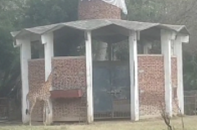

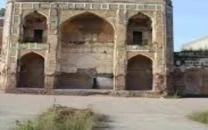
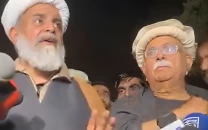
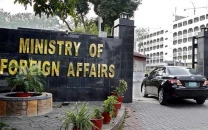












COMMENTS
Comments are moderated and generally will be posted if they are on-topic and not abusive.
For more information, please see our Comments FAQ